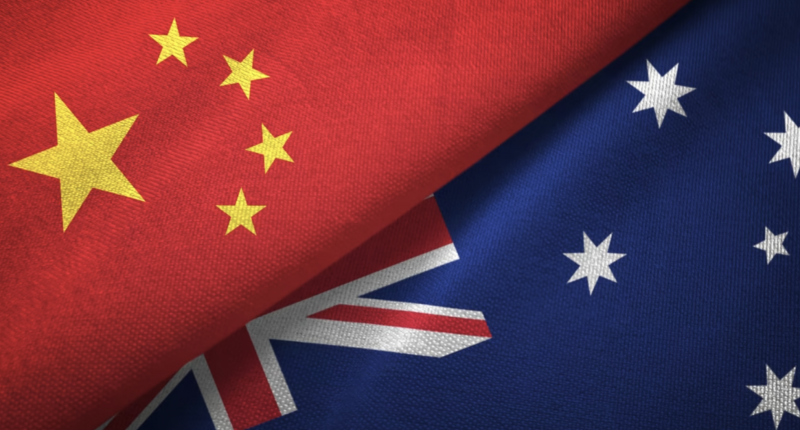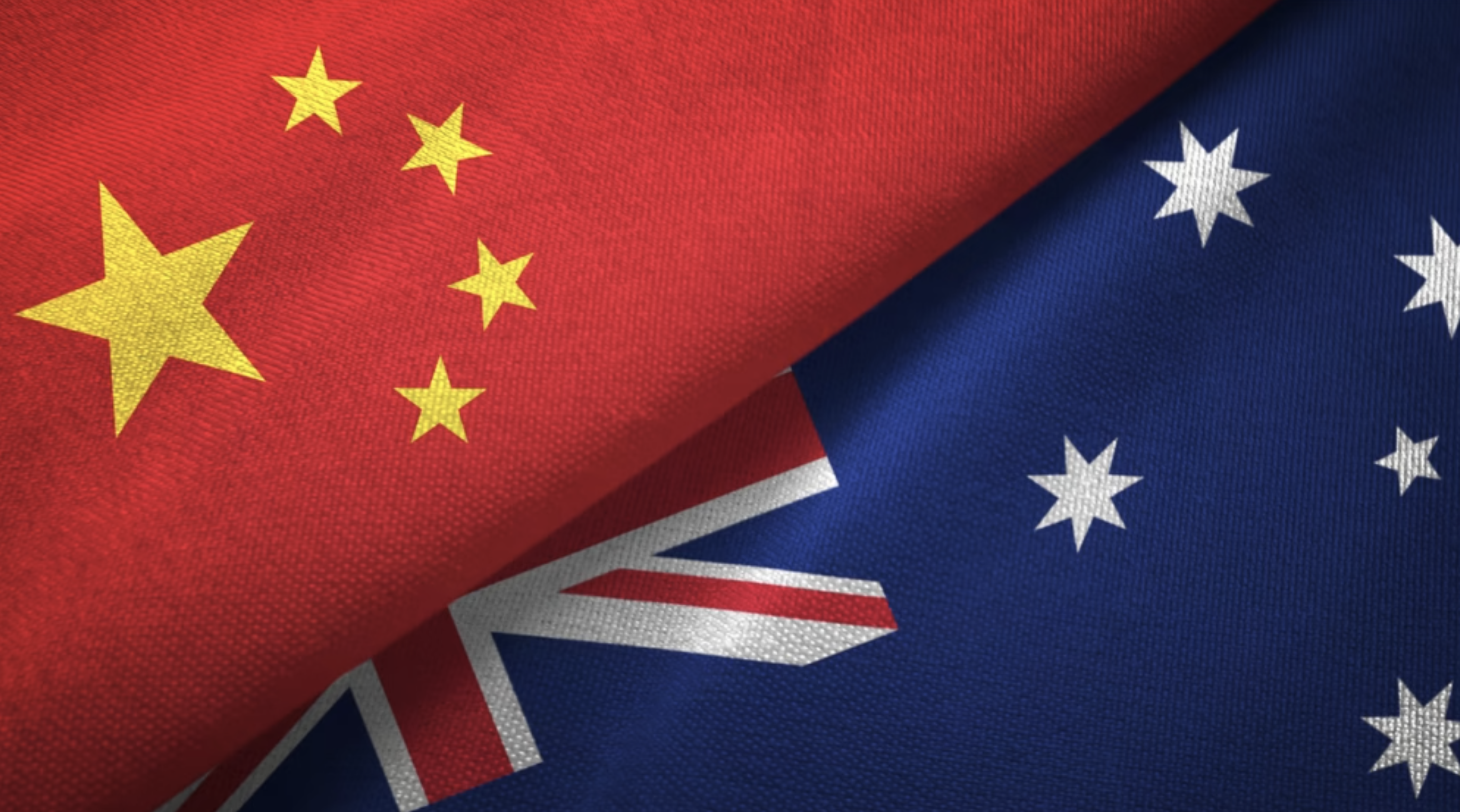The Chinese National Bureau of Statistics (NBS) has posted China’s October year-on-year (YoY) inflation data, with consumer prices down 0.2 per cent.
This slightly beat expectations of 0.1 per cent YoY decline.
Today’s 0.2 per cent read is a further decline from September where growth was completely flat at zero per cent.
We also learned that production costs have fallen 2.6 per cent YoY.
Chinese deflation not a win
While the world is tackling inflation on all fronts to get numbers down, conversely, China’s negative inflation read is equally bad news.
Deflation in China points towards a stagnant economy with little prospect for growth, low consumer optimism, low demand, and low consumption.
That doesn’t bode well for much of the world which has relied on a booming China for the last two decades.
Breaking down the data
Translating the NBS release into English allows for a more nuanced look into Chinese inflation – or, deflation – dynamics.
Urban prices fell 0.1 per cent YoY while rural prices across China fell a steeper 0.5 per cent.
Food prices fell four per cent while non-food prices increased 0.7 per cent.
As in Western counterpart countries, Chinese services inflation appears stickier than other categories, up 1.2 per cent YoY.
Year to date, Chinese national consumer prices are up 0.4 per cent versus the first ten months of CY22.
Meat disinflation a big factor
Food price disinflation in particular stands out in China’s October CPI data, down four per cent YoY.
Notably, the price of livestock meat has fallen dramatically YoY, which the NBS noted had a dragging effect on the October read.
“Among food, the price of livestock meat fell by 17.9 per cent, affecting the CPI by about 0.66 percentage points, of which pork prices fell by 30.1 per cent, affecting the CPI by about 0.55 percentage points,” the NBS wrote on Thursday.
Mixed price action
The price of eggs in China also fell five per cent YoY in October.
While vegetables declined, the price of fresh fruit actually increased by 2.2 per cent YoY.
Looking at a YoY data table, other notable declines include Travel (down 11 per cent), and Traditional Chinese Medicine has fallen 7.4 per cent.
Education, culture and entertainment prices have fallen collectively 2.3 per cent YoY.
Back to deflation
In August, the NBS posted deflationary data with deflation at -0.3 per cent in July.
City Index Senior Market Analyst Matt Simpson told The Market Herald at the time that Chinese deflation never lasts for very long.
Export data for July was released only days prior with Chinese exports declining by 14.5 per cent for July YoY.
We saw similarly weak data for October come out earlier this week.
Mixed export and import data
On Tuesday, we saw China’s balance of trade fall to US$56.5 billion in October from US$77.7 billion in September.
Exports fell 6.4 per cent in October 2023 YoY while Imports increased three per cent YoY.
Imports had fallen 6.2 per cent in September, pointing to a surprise nine per cent rebound in October.
Notably, the value of exports was lower in October for China than imports – an interesting shift for the Asian behemoth best known as the world’s manufacturing powerhouse.
Forex markets shrug
The implications of such an affair are not good news for major trading partners, particularly Australia.
However, the forex market appears to be shrugging off the data which was released at 12.30 pm AEDT today.
The AUD/USD rate sat steady, up 0.21 per cent as at 12:50 pm AEDT, at 0.6415.
Iron ore prices more important
While China’s construction sector remains in the doldrums, iron ore prices reflect a relatively steady demand base for Australia’s major export to the continent.
While iron ore prices remain high, that means Chinese demand is still strong.
The price of iron ore dictates in large part which way Australia’s major miners’ share prices swing on a day-to-day basis.
As suggested by stability in the AUD/USD rate – the Australian dollar is considered as a thermometer for Chinese demand by forex markets – it will likely take a collapse of iron ore prices to cause a contagion panic event.







